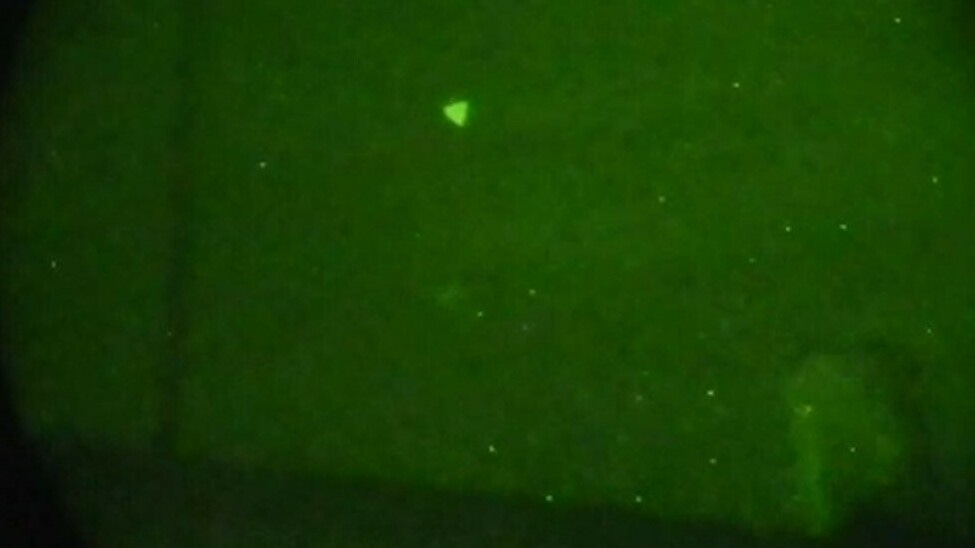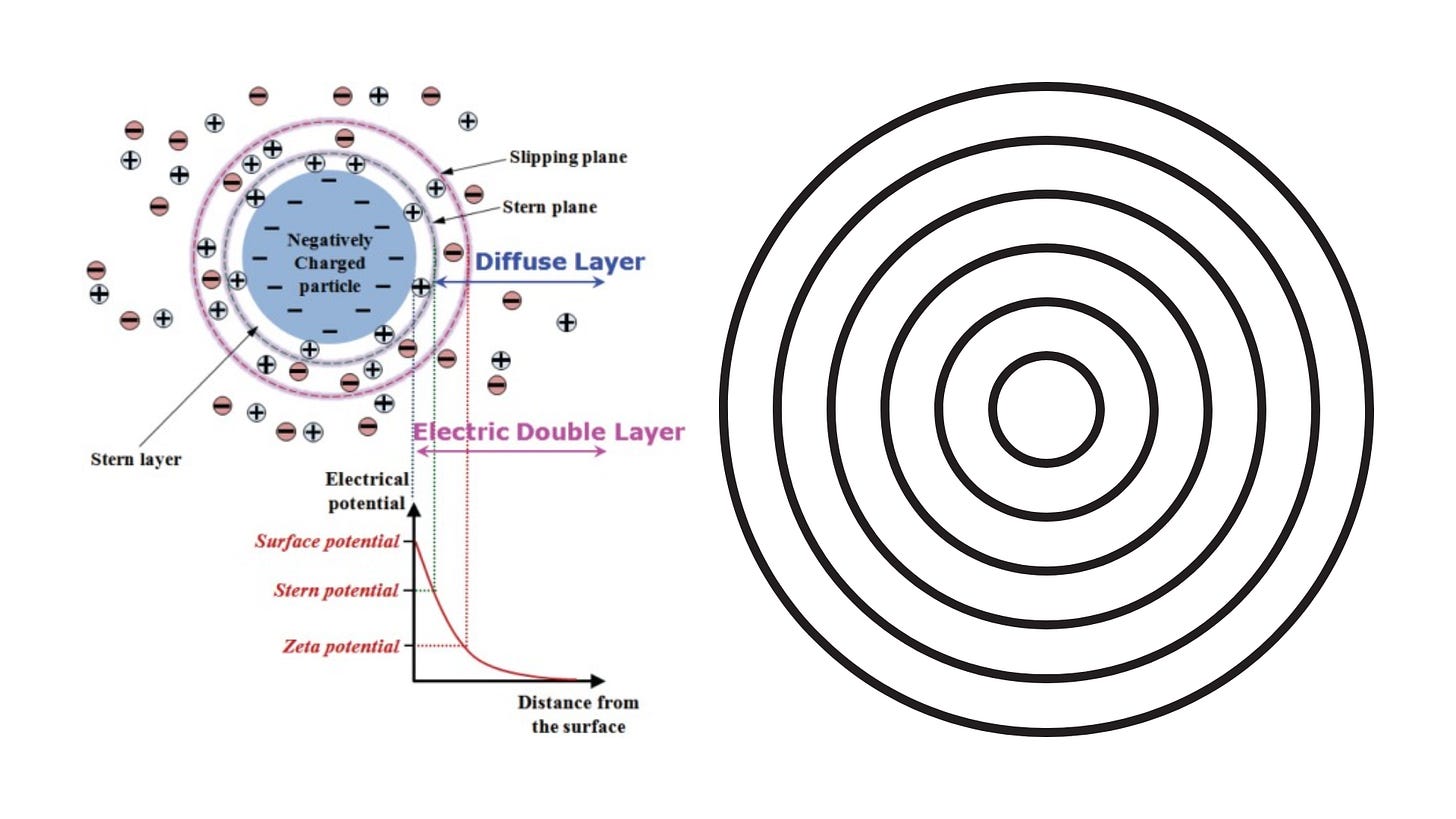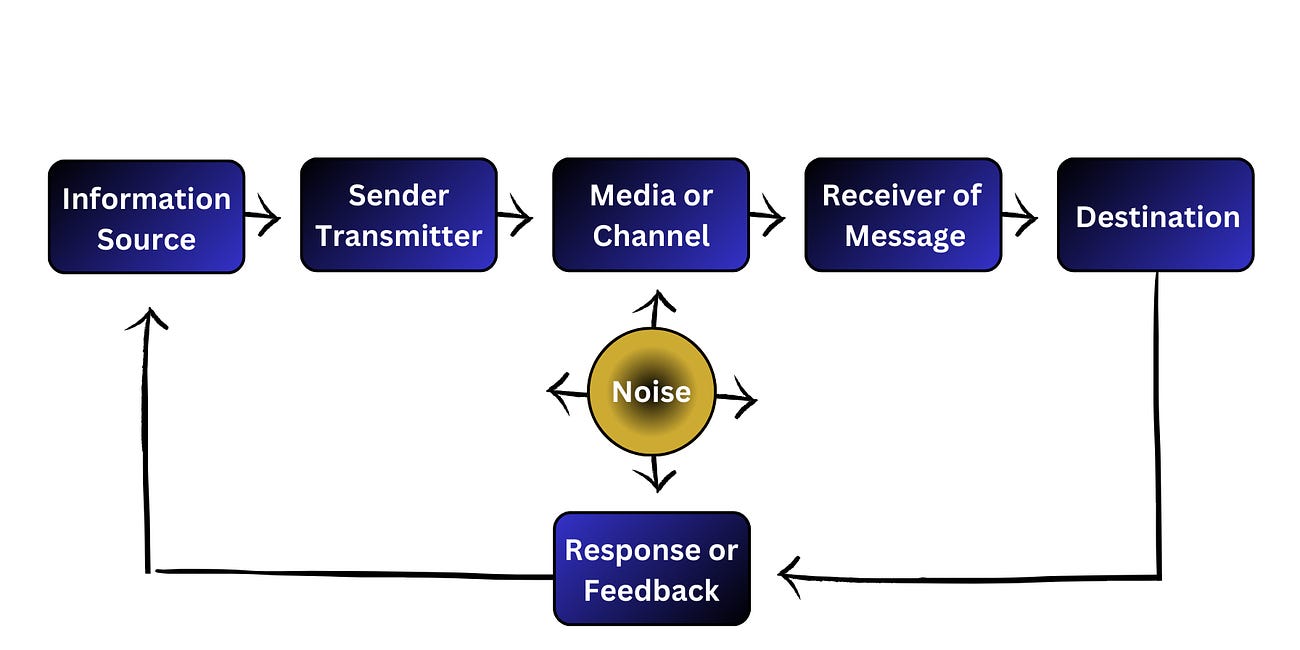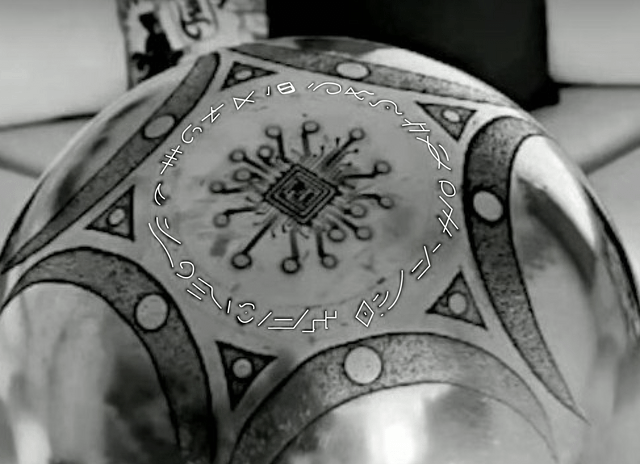Layers of Mystery: Could the Buga Sphere Be an Electromagnetic Probe?
Exploring the Electric Universe Theory, Plasma Cosmology, and Electromagnetic Dynamics to Decode the Enigma of Colombia's Buga Sphere
“In my opinion, if this sphere is legitimate, it might not be a piece of technology but rather something controlled by a higher consciousness—or by light, plasma, an orb, or the Tibetan rainbow body. Now that the 'spirit' has left, it is just an ordinary object.” Buga Sphere. (Credit: Open Minded Approach)
The Next Chapter of UAP Mystery
In our previous exploration, we covered the idea of Unidentified Aerial Phenomena (UAPs) as electromagnetic probes. Advanced entities that navigate Earth’s skies by tapping into the electromagnetic fields that surround and permeate our planet. Now, the discovery of the Buga Sphere in Colombia offers a fascinating twist to this narrative. This isn’t just another fleeting aerial mystery. It is supposedly a tangible artifact of unknown origin, with a design that seems almost engineered to interact with electromagnetic phenomena.
The sphere’s intricate structure, with three distinct metal-like layers, 18 micro-spheres, and a core resembling a “chip,” has captured the attention of researchers and theorists alike. What if this artifact embodies the principles of the Electric Universe? A framework that emphasizes the dominance of electromagnetic forces in shaping the cosmos. By integrating concepts like electric double layers, plasma interactions, and advanced information storage, we begin to see how the Buga Sphere might represent a fusion of natural physics and deliberate engineering. Whether this object is terrestrial or extraterrestrial in origin, or if it is just an idea gone viral, it serves as a profound example of how ancient or advanced civilizations could harness the universal language of electromagnetism.
Forms of the Unknown: Could UAPs Be Electromagnetic Probes?
“The Pentagon released this image of an Unidentified Aerial Phenomena (UAP) that was later determined to be a drone last year. The U.S. office that investigates UAP received hundreds of reports in 2022. This image was captured through night vision goggles during naval exercises off the U.S. East Coast in early 2022. U.S. Navy.”
Electric Universe Theory: A Quick Primer
The EU theory offers a paradigm shift. It proposes that electromagnetic forces, and not gravity, dominate the structure and dynamics of the cosmos. Plasma, the fourth state of matter, comprises more than 99% of the observable universe. Plasma Cosmology builds on this by emphasizing the role of plasma and electric currents in shaping galaxies, stars, and planets. Electromagnetic interactions provide the scaffolding for everything from cosmic filaments to planetary magnetospheres.
In this framework, the Buga Sphere, with its layers, micro-spheres, and nucleus, becomes more than a curiosity. It could be a practical application of plasma dynamics and electromagnetic engineering. One designed to interact with the universal language of electricity and magnetism.
“An electric double layer consists of three parts: 1. Surface charge: charged ions (commonly negative) adsorbed on the particle surface. 2. Stern layer: counterions (charged opposite to the surface charge), attracted to the particle surface and closely attached to it by the electrostatic force. 3. Diffuse layer: a film of the dispersion medium (solvent) adjacent to the particle. Diffuse layer contains free ions with a higher concentration of the counterions. The ions of the diffuse layer are affected by the electrostatic force of the charged particle.” Electric Double Layer. (Credit: Nano Energy, 2023)
Peeling Back the Layers: Electromagnetic Stratification
Let’s start with those three enigmatic metal-like layers. Within the Electric Universe framework, these layers could represent electromagnetic stratifications. Each is designed to resonate with specific frequencies in the surrounding environment. This stratification might not only enable the sphere to interact with terrestrial, solar, and galactic electromagnetic fields. But it could also create electric double layers (EDLs. They would enhance its ability to store and manage electrical energy.
Electromagnetic stratification functions like tuning into different radio stations. Each layer could act as an antenna or filter, selectively amplifying certain frequencies while blocking others. This allows the sphere to gather, process, and possibly transmit data across a vast spectrum of electromagnetic activity. However, the concept of electric double layers offers an additional layer of insight.
Electric double layers are structures found in plasmas where two regions of opposite electrical charge are separated by a thin boundary. They act as capacitors, storing electrical potential and regulating the flow of electric current. In the context of the Buga Sphere, the three layers could serve as stacked double layers. Each is tuned to different frequencies of the electromagnetic spectrum. For instance, one layer might resonate with Earth’s magnetic field. Another with solar winds. A third with galactic currents. These double layers could mediate and control the exchange of energy and information. This would ensure efficient interaction with a diverse array of electromagnetic sources.
By combining electromagnetic stratification with the natural properties of electric double layers, the Buga Sphere could act as a sophisticated processor and energy storage device. This design would allow it to dynamically interact with and adapt to changing electromagnetic environments. It would offer a glimpse into advanced engineering that operates in harmony with plasma physics.
“First x-rays of the sphere found in Colombia have been released.” (Credit: r/aliens, Reddit)
Inside the Sphere and the Core
Micro-Spheres as Seeds of Information
Now, what about the 18 microspheres nestled inside? Imagine these microspheres as tiny repositories of information. Akin to the seeds of an apple. Each contains a unique set of instructions or data. Just as seeds carry the blueprint for an entire tree. These microspheres could store vast amounts of encoded information about their environment.
Functioning as information storage units, these microspheres might act as data seeds. They would preserve and convey essential information about electromagnetic environments. If the sphere is a designed artifact, these microspheres could contain a catalog of responses, instructions, or even historical data regarding the regions it has encountered. This conceptualizes the Buga Sphere not as a passive object but as a dynamic archive. One capable of retaining and propagating information across time and space.
A Plasma Nucleus?
The central nucleus of the Buga Sphere, described as a “chip,” is perhaps its most intriguing feature. What if this isn’t a chip in the silicon sense but a plasma core? In plasma cosmology, plasmas are not just ionized gases. They are dynamic systems capable of storing and processing vast amounts of information.
A plasma core could serve as the brain of the sphere, processing data collected from the surrounding environment. By oscillating in tune with incoming electromagnetic waves, it could decode and organize information into coherent signals. This data could then be transmitted back to its origin or to other probes, completing an information feedback loop. Such a design would eliminate the need for conventional computing hardware. It would make the sphere immune to radiation, extreme temperatures, and other environmental stressors.
What if the plasma core itself takes on a toroidal shape? The torus is a common configuration in plasma physics due to its stability and efficiency in confining electromagnetic energy. In this design, the plasma would circulate in a continuous loop, maintaining a stable yet dynamic structure. This toroidal plasma could serve as a self-sustaining energy source and a sophisticated processor for electromagnetic data. It would amplify the sphere’s ability to interact with its environment.
Information Theory: The Human Mimicry of Nature’s Predictive Evolution
Claude Shannon’s Information Theory is a mathematical study of how information is stored, communicated, and quantified. Also known as the mathematical theory of communication.
Feedback Loops and Information Theory
Building on this, the Buga Sphere’s operation could be understood through the lens of information theory. Electromagnetic feedback loops would allow it to interact seamlessly with its environment. Here’s how:
Coupling: The sphere’s layers and microspheres would couple with external electromagnetic fields and resonate with their frequencies.
Synchronization: The microspheres would align their oscillations with the incoming signals and create a harmonious interaction.
Decoding: The plasma core would process these signals and extract meaningful information.
Transmission: Finally, the processed data would be transmitted to a remote system. Completing the loop.
This system mirrors the functionality of electromagnetic UAP probes we discussed earlier. The Buga Sphere might be a stationary or terrestrial counterpart. One designed for long-term data collection and transmission.
'UFO Sphere' zigzags through the air and lands in Buga, Colombia. (Credit: Daily Mail)
A Glimpse into Advanced Electromagnetic Engineering?
The Buga Sphere may be more than an artifact. It may be a challenge to our understanding of physics and technology. Its layered design, microspheres, and plasma core suggest a level of sophistication consistent with the principles of the Electric Universe. Whether this artifact originates from a forgotten terrestrial civilization or an extraterrestrial source. Or not at all. It demonstrates an advanced comprehension of electromagnetic forces and plasma dynamics.
By interacting with the electromagnetic environment through electric double layers and plasma processes, the sphere would offer a tangible example of how technology might align with the cosmos' natural forces. The concept bridges the gap between nature and engineering, and provides us with a new lens through which to explore the universe.
The Buga Sphere might not just be an object of mystery. It could be a key to unlocking the secrets of electromagnetic interaction in a universe where electricity reigns supreme. In all honesty, I think it is probably just a hoax. A curious one, though.
Buga Sphere Inscriptions. (Credit: r/UFOs, Reddit)
Decoding the Buga Sphere's Inscriptions
The Buga Sphere's enigmatic inscriptions have ignited intense debate among researchers and enthusiasts alike. These intricate symbols encircle a central microchip-like design. They suggest a fusion of advanced technology and symbolic communication. Some interpretations liken the script to ancient cuneiform, while others see parallels with fictional alphabets from science fiction narratives.
Notably, Jaime Maussan's investigative team employed artificial intelligence to analyze the glyphs, interpreting the message as:
“The origin of birth through union and energy in the cycle of transformation, meeting point of unity, expansion, and consciousness—individual consciousness.”
This poetic translation hints at themes of unity, transformation, and consciousness. It aligns with concepts from the Electric Universe theory and plasma cosmology. The sphere's design, featuring 18 micro-spheres surrounding a central core, may symbolize a harmonious integration of multiple elements converging into a singular consciousness or purpose.
Whether these inscriptions are a genuine extraterrestrial message, an advanced technological artifact, or an elaborate hoax remains uncertain. However, the sphere's intricate design and the profound interpretations it inspires continue to captivate imaginations and fuel discussions about humanity's place in the cosmos.
References:
Maussan, J. "Investigators Claim Mysterious Orb-Shaped UFO Was Made Using Alien Technology." BroBible, 2025.
Peratt, Anthony L. "Physics of the Plasma Universe." Springer Science & Business Media, 2015.
Alfven, Hannes. "Cosmic Plasma." Astrophysics and Space Science Library, 1981.
Thornhill, Wallace, and David Talbott. "The Electric Universe." Mikamar Publishing, 2007.
Gurnett, Donald A., and Amitava Bhattacharjee. "Introduction to Plasma Physics: With Space and Laboratory Applications." Cambridge University Press, 2005.
Zhilyaev, Boris E., et al. "Unidentified Aerial Phenomena: Characterization of Dark UAPs." Astronomical Society Reports, 2021.








